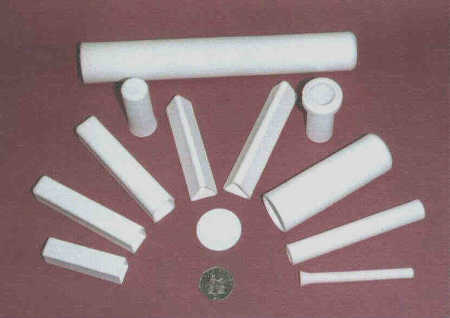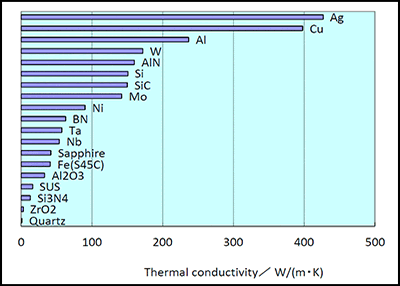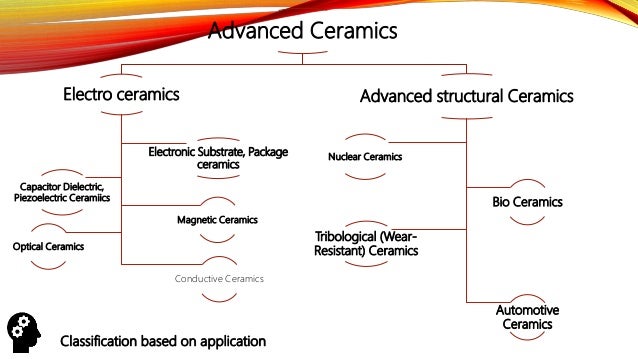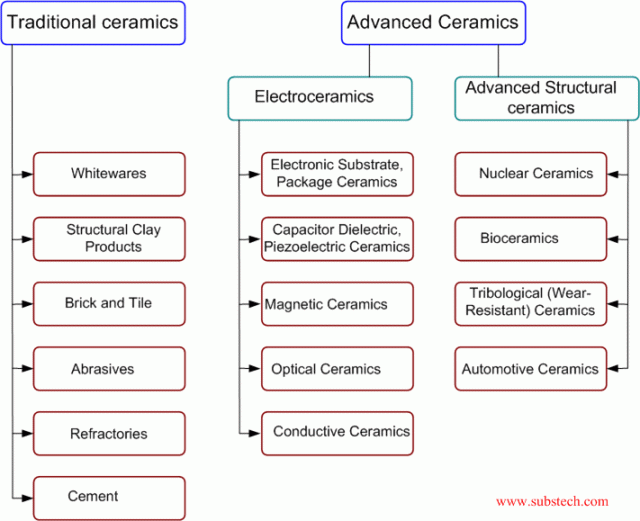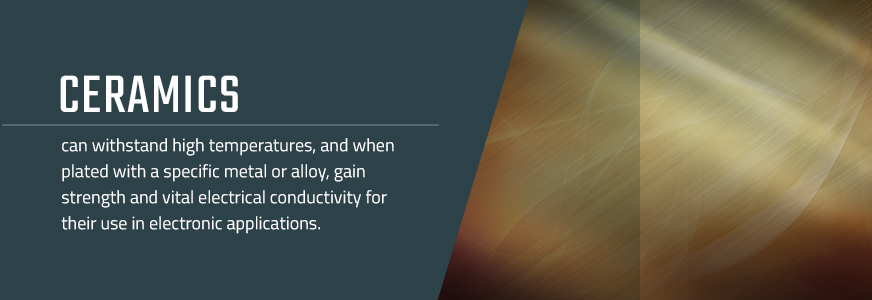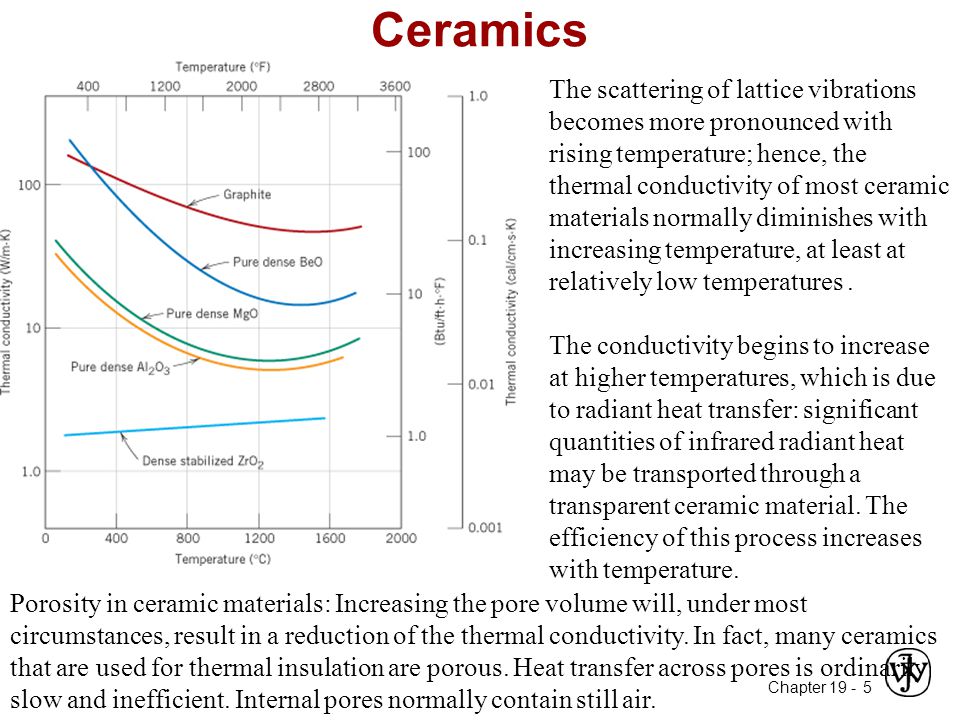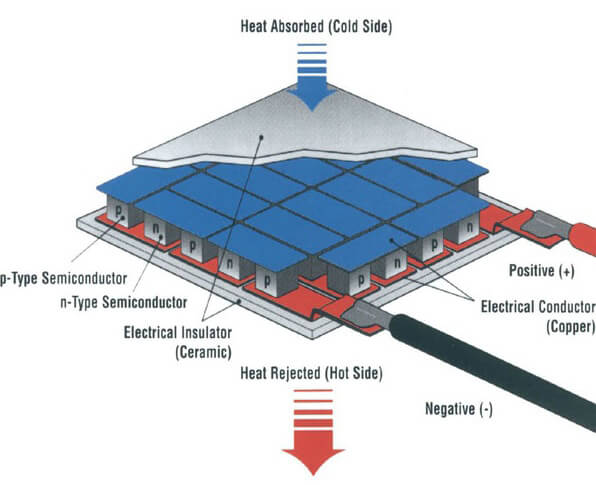While in some applications of ceramics their electrical insulation is mandatory there are many others which either require electric conductivity or can at least benefit from it.
Conductive ceramics applications.
Thermally conductive electrical insulators.
Conductive ceramics although ceramics typically are resistive materials some ceramic materials like doped zirconia exhibit outstanding electric conduction properties.
In addition to pure insulators al 2 o 3 it is possible to produce p type and n type conducting ceramics e g.
There are several ceramics that offer relatively high thermal conductivity.
Superconductivity is the complete disappearance of electric resistance in materials that are cooled to extremely low temperatures.
Conductive ceramics advanced industrial materials that owing to modifications in their structure serve as electrical conductors.
In addition to the well known physical properties of ceramic materials hardness compressive strength brittleness there is the property of electric resistivity most ceramics resist the flow of electric current and for this reason ceramic materials such as.
There materials have metallic like conductivity and potential applications are as a conductive substrate for microbial fuel cells thorne et al 2011 or a catalyst support hu et al 2012.
Conductive ceramics conductive ceramics superconductors.
Component found in ships.
Ij research offers a non magnetic and electrically conductive ceramic since 1998.
An example for a benefit of electric.
Destroyed haulage vessels can be scavenged from the aftermath of combat in shipping lanes.
Known to be salvaged from signal sources in anarchy systems conductive ceramics allow electrical circuits to be constructed within ceramics.
Development of porous magnéli samples tio 2.
The electrical conductivity is approximately that of fe or ni.
When looking for materials that offer high thermal conductivity and electrical insulation.
These materials can be separated into two groups electrical insulators and electrical conductors.
While fe and ni are magnetic ij research ceramic 1129 is not.
These ceramics in turn form the basis for the production of various all ceramic functional components.
Modified sic as well as selectively oxygen ion conductive ceramics e g.
Ceramics for thermal applications.
Previous works suggest that the addition of conductive fillers such as mosi 2 c and sic into sioc increased the electrical conductivity of sioc ceramics 30 31.
In game description conductive ceramics are a manufactured material introduced in v2 1.
Frequently used by haulage vessels.
We are proud to provide this electrically conductive ceramic for applications where a metal or alloy may not be preferred.
The temperature at which resistance ceases is referred to as the transition temperature or critical temperature tc.
Doped zirconia ceramics frequently are used as electrolyte in oxygen sensors lambda probe or for solid oxide fuel cell sofc applications due to their high oxygen ion.
Ceramics from max phase ceramics.
Tc is usually measured in degrees kelvin k 0 k being absolute zero the.


